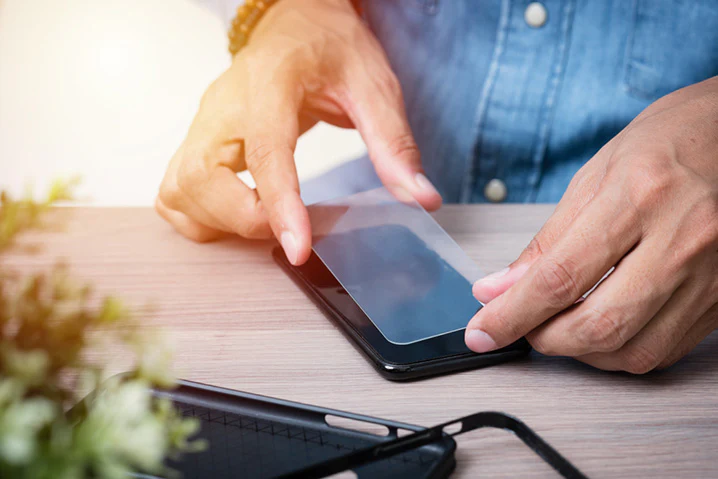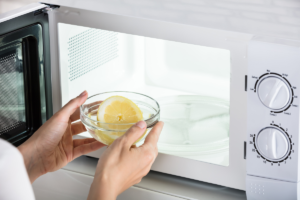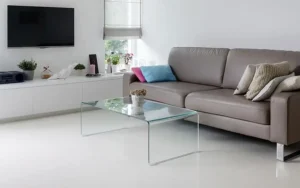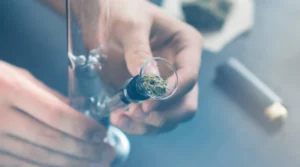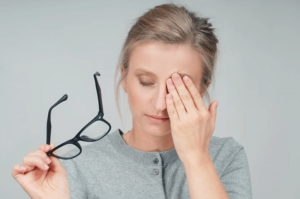It’s an age-old question – which is better, plastic or glass? When it comes to your phone’s screen protection, the answer isn’t so black and white. While there are pros and cons for both types of screen protectors, the truth is that the best option depends on your needs and preferences. So let’s take a dive into the world of glass screen protectors and see if they really are worth all the hype. Whether you’re looking for sleek style, amazing durability, or just peace of mind – we’ll help propel you to a better understanding of what type of screen protector might be right for you.
When it comes to choosing the right type of screen protector for your device, there are three main options: plastic film, tempered glass, and full-body covers. Plastic film is the most affordable option and offers basic protection from scratches and smudges. It also has the benefit of being easy to install at home with a few simple steps. Tempered glass protectors are more expensive but offer better protection against drops, bumps, and scratches. They can also enhance your device’s display quality since they have an oleophobic coating that reduces fingerprints and smudges. Finally, there are full-body covers that use a combination of plastic film and tempered glass to provide maximum coverage for your device, although this option is usually quite pricey.
Now that you know the different types of screen protectors available, let’s talk about why a glass screen protector might be just what you need to propel your device protection needs into the future! First off, they offer superior durability when compared to plastic films, which means your phone’s display will stay looking sharp for longer periods of time. In addition, their sleek design adds an extra layer of style to any device making it look even more modern and sophisticated. Plus, many brands now offer shatterproof glass for even greater peace of mind when it comes to protecting your expensive devices!
Of course, with any product there are potential drawbacks to consider before investing in one, so let’s take a closer look at those as well. Installation can be tricky since bubbles or dust particles may get trapped underneath during application; however, if you follow these easy do-it-yourself installation tips before beginning the process, you should have no problem getting a perfect bubble-free fit! Start by cleaning the area around your phone with rubbing alcohol wipes; then apply a small drop of water on one corner of the screen protector; carefully align it over your phone before peeling away the backing paper; then press down firmly on all four corners while wiping away any air bubbles that appear; lastly use a microfiber cloth to clean off any remaining water droplets or dirt particles.
When it comes right down to it, only you can decide whether using a glass screen protector is worth it for you (or not). We hope this blog post has provided some insight into both sides of the equation, so that you can weigh out all pros and cons before investing in one for yourself! Just remember that with great protection comes great responsibility, so make sure you choose wisely when selecting which type of screen protector will keep your device safe from harm!
